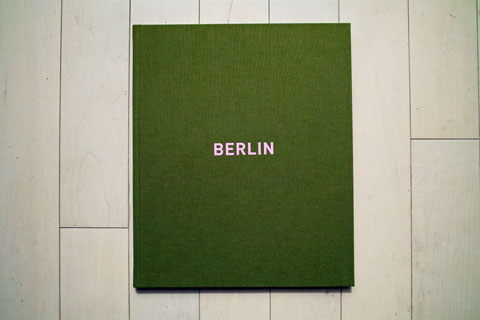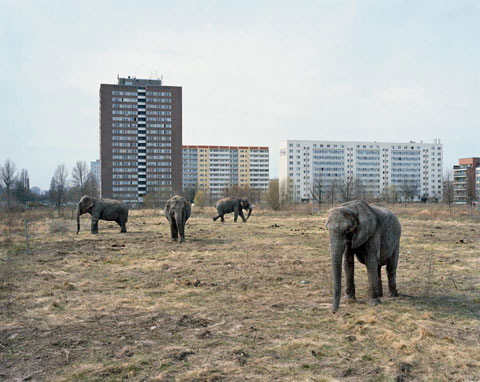Berlin by Mitch Epstein
I picked up Mitch Epstein’s Berlin recently. Published by Steidl, it is the product of a six month residency at the American Academy in Berlin. Epstein writes in the introduction about his Jewish family’s refusal to visit Germany, and how he first went there at the age of 49 to work with Steidl and to mount several exhibitions. Surprisingly, Germans had become some of his staunchest allies. He describes Berlin as ” more complicated and poignant” than any city he had known save Hanoi.
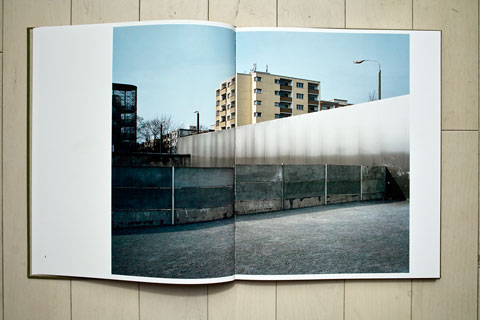
Berlin Wall Memorial on Bernauerstrasse – © Mitch Epstein
As you can imagine, given my decades long commitment to photographing Berlin and its Wall–the real concrete one that came down in 1989, and the ongoing Wall of the imagination and historical presence–I was interested in what Epstein would bring to the subject. I have never met Mitch, though we both went to Cooper Union in the 1970s–he a couple of years before me. And I have always had the highest regard for his work, especially his recent book American Power, an extraordinary journey across the United States focused on the use and abuse of energy.
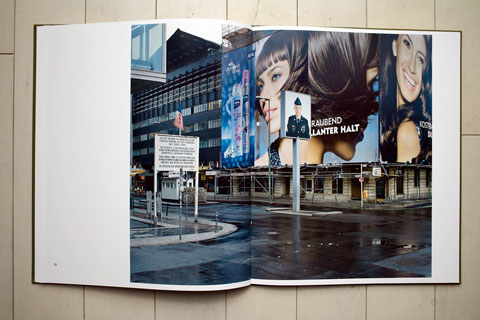
Checkpoint Charlie – © Mitch Epstein
I love Epstein’s photograph of Checkpoint Charlie, one of the most historically charged places in Berlin , the former Allied border crossing and scene of Cold War standoffs with the Soviets. It’s a perfect depiction of one of the the things I find fascinating about Berlin–deep and sobering history juxtaposed with crass commercialism and touristy kitsch. Berlin, the book, is a compilation of historical sites, many famous or infamous, others only known to those who have done the kind of research Epstein did.
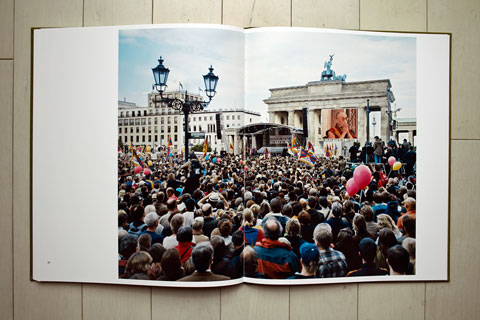
The Dalai Lama at the Brandenburg Gate – © Mitch Epstein
Only a few of the photographs show the urban vibrancy of Berlin, a missing element, perhaps, but it is absolutely true that one can find oneself utterly alone at times in this vast and dispersed metropolis. There are abundant open spaces–former industrial wastelands and abandoned railroad yards–and the grassy ribbons of land where the Wall and death strip once ran. Berlin is still a semi-cultivated city, a wild tangle of layered past and present, resistant somehow to the homogenizing power of money, which has sanitized so many other cities, especially in western Germany.
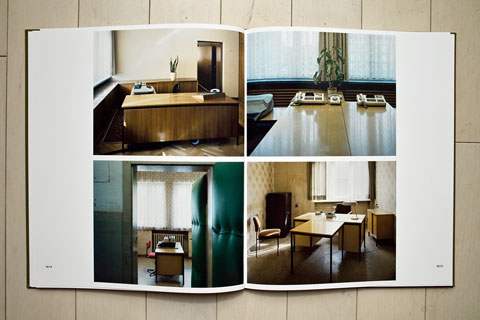
Stasi offices and interrogation rooms – © Mitch Epstein
As much as I like the photographs in Berlin, and I applaud its overall intent, I find this an oddly incomplete book–and not just because it offers only 37 images. The historical importance of each site photographed is clearly noted and visually explicated, but sometimes I sense that Epstein could not quite find a way to express the complex nature of the Berlin he alludes to in his introduction. Epstein does provide occasional glimpses of the new Berlin, a city in the midst of civic and cultural reinvention, however obliquely. But the limited scope of the pictures gives the book the feel of an exhibition catalogue.
Epstein stumbled upon the scene above. There is no specific historic site here. But we are in the heart of the city in a large open plain with communist era housing blocks in the distance. Circus elephants caper about the field as if they have been transplanted from the African Savannah. Berlin, the city, is full of these moments of lyrical strangeness–I wish there was a little more of it in Berlin, the book.
Nevertheless, there are few photographers of Mitch Epstein’s creative intelligence and visual acuity, and those attributes are amply evident throughout Berlin.
